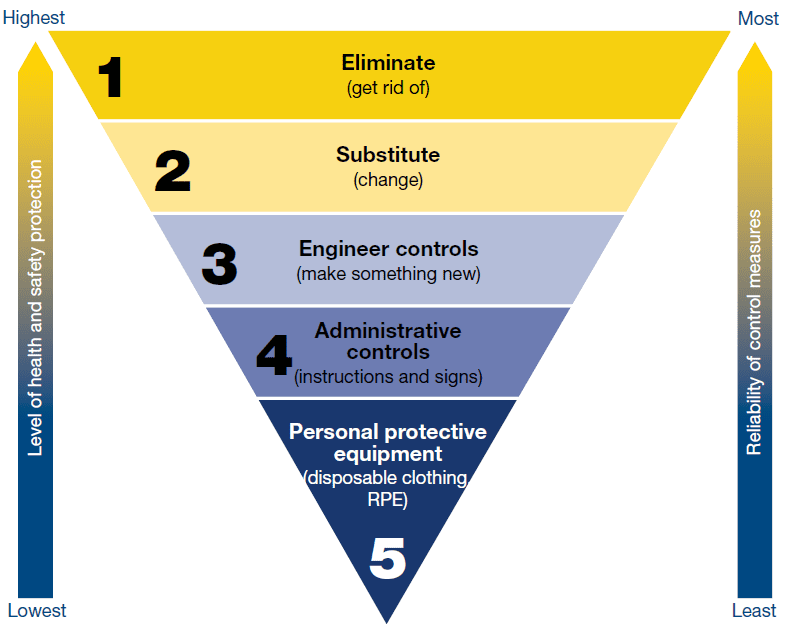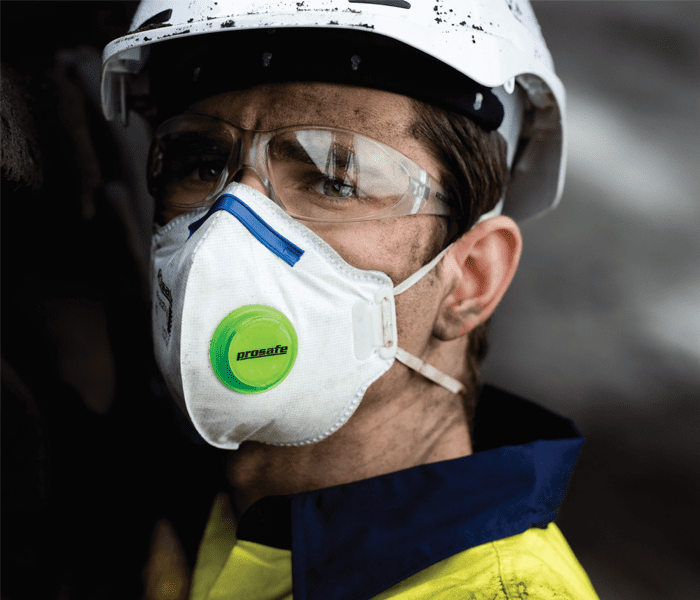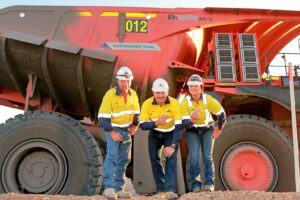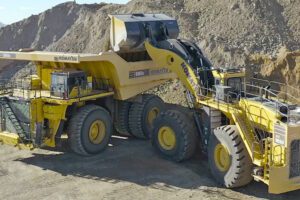The recent increase in the cases of silicosis amongst Australian workers has seen silica being dubbed “the new asbestos”. Silica exposure is an emerging issue in Australia and knowing how to protect yourself is fundamental to worker safety across a broad range of industries.
Long-term exposure to silica, which is created when an artificial or engineered stone is cut, is the cause of silicosis, an irreversible lung disease which can eventually become fatal.
In addition to silicosis, workers exposed to silica dust they could also develop:
- Chronic bronchitis
- Emphysema
- Kidney damage
- Lung cancer
What is Silica Dust?
While most commonly found in quartz, silica dust (crystalline silica) can also be found in bricks, tiles, concrete and some plastics. The dust is generated in processes including crushing, cutting, drilling, grinding, sawing or polishing of these stones. Silica dust is 100 times smaller than a grain of sand, and becomes harmful once it is breathed in.
It’s estimated that around 600,000 Australian workers are exposed to silica dust at work. The Cancer Council of Australia estimates that this exposure is causing over 230 cases of lung cancer each year across the country.
Those most at risk include:
- Miners
- Construction workers
- Farmers
- Engineers
- Bricklayers
- Road Construction workers
- Demolition workers
In late 2018 there were 22 silicosis claims lodged to WorkCover in just three weeks, including six that were diagnosed as terminal. One sufferer was just 27 years old. This resulted in the Queensland Government issuing an urgent warning to the engineered stone benchtop industry for all workers to have health checks.

Image Reference: Cancer Council: https://www.cancer.org.au/preventing-cancer/workplace-cancer/welding.html
Protecting yourself from silica exposure
The elimination or substitution to the exposure of materials which produce silica dust are the most effective controls for protecting yourself against potential disease.
However, where elimination or substitution is often not a viable option, reducing exposure through engineering controls such as dust extraction systems, as well as wearing suitable respiratory protective equipment (generally a minimum of a P2 efficiency half-face respirator) is key to managing exposure.
Australian/New Zealand Standard 1715:2009 Selection, use and maintenance of respiratory protective equipment provides guidance on the selection, fit and use of the correct respiratory protective equipment.
The Cancer Council of Australia’s hierarchy of risk control (pictured above) provides a guide for the management of silica exposure. Both employers and workers should be involved in identifying the hazards and as well as the required controls for managing exposure.
Blackwoods Knows Mining Safety
Blackwoods safety specialists are available to provide you with the best advice to select the correct personal protective equipment and workwear for your business.
CLICK HERE TO CONTACT A BLACKWOODS SAFETY SPECIALIST
References:
https://www.cancer.org.au/preventing-cancer/workplace-cancer/welding.html
Read more Mining Safety News and Information















Add Comment